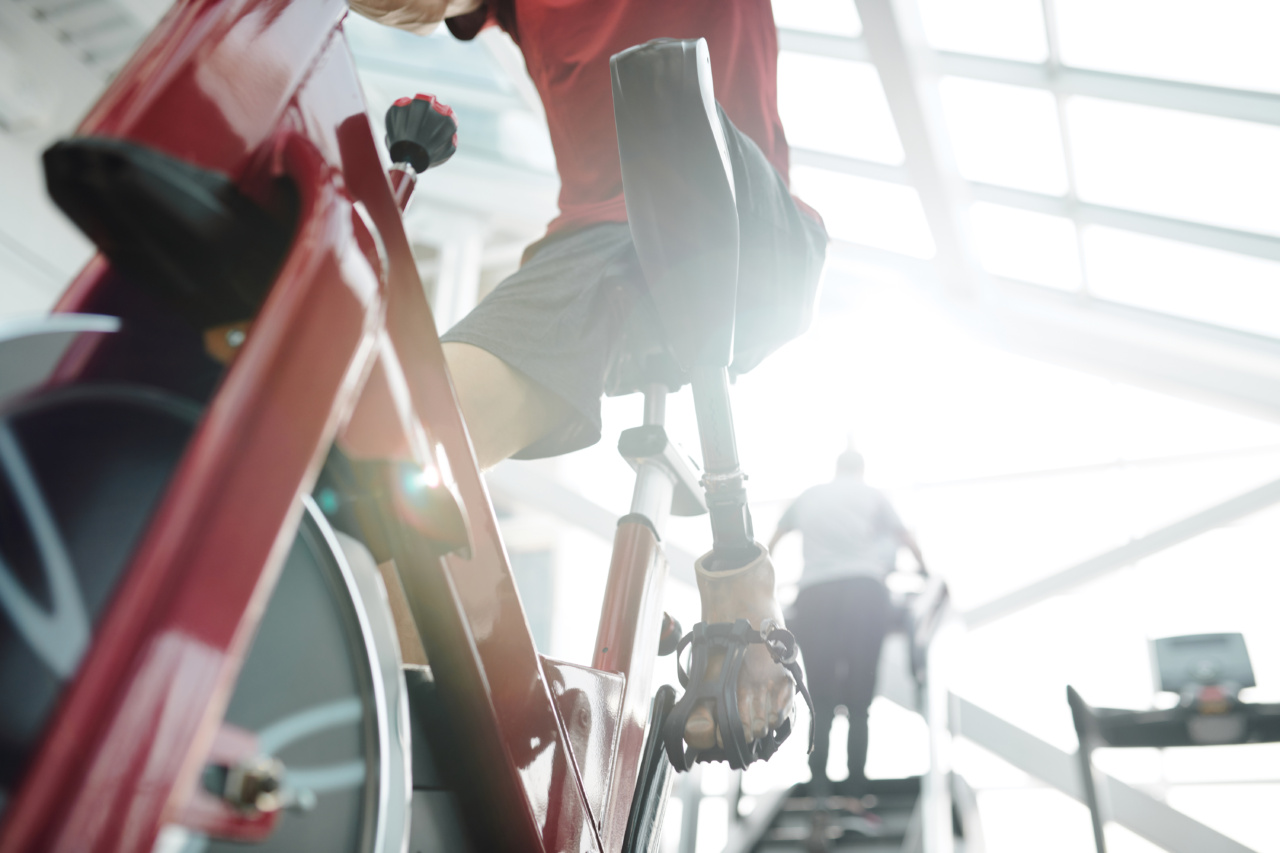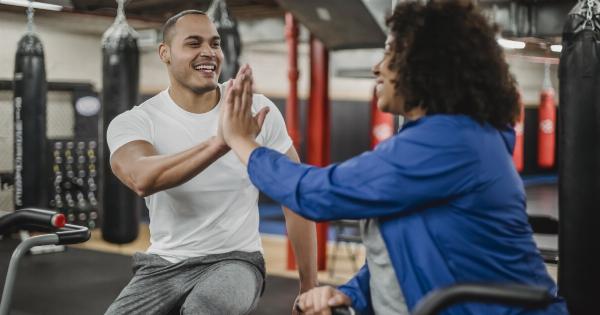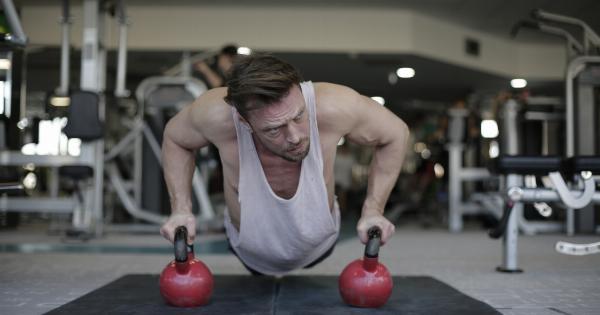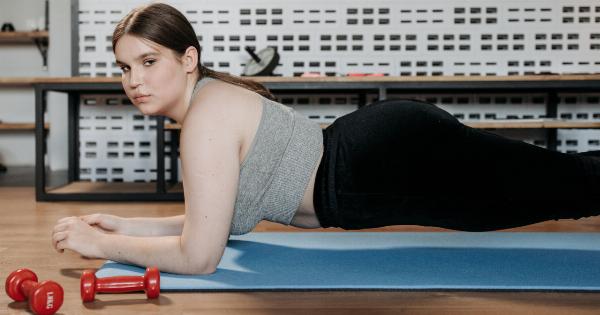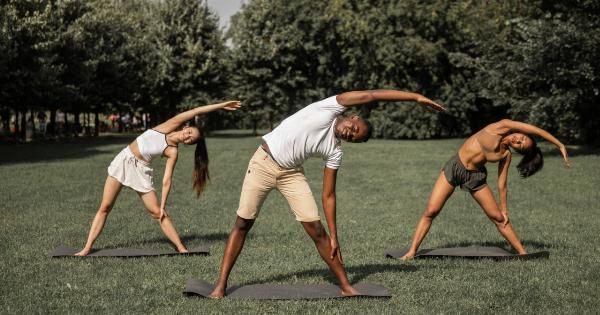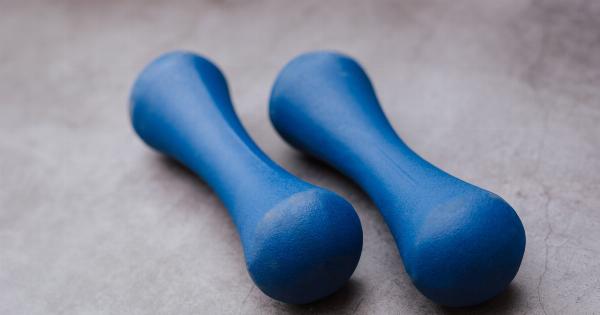Fitness is a personal journey, and what works for one person may not necessarily work for another. This is because every individual is unique, with different goals, preferences, fitness levels, and body types.
In order to achieve optimal results and create a sustainable workout routine, it is important to recognize and embrace these individual differences.
1. Goals
One of the main reasons why one person’s workout routine may not work for another is the difference in goals. While one individual might be focused on weight loss, another might be aiming to build muscle.
The exercises, intensity, and duration of their workouts will vary based on their specific objectives.
2. Fitness Level
An individual’s fitness level is crucial in determining their workout routine. Someone who is just starting their fitness journey will have different needs compared to someone who has been regularly exercising for years.
It is important to gradually progress and challenge oneself, but what that looks like will differ from person to person.
3. Body Type
Everyone has a unique body type, which can play a significant role in the effectiveness of different workout routines.
For example, an individual with an ectomorph body type (slim and lean) may need to focus more on strength training to build muscle, while an endomorph body type (heavier and rounder) may benefit from a combination of cardio and strength training.
4. Preferences
Individual preferences also play a crucial role in determining the success of a workout routine. Some people enjoy high-intensity workouts like CrossFit, while others prefer low-impact activities such as yoga or swimming.
It is important to find activities that you enjoy to increase adherence and make exercise a sustainable part of your lifestyle.
5. Time Commitment
The amount of time an individual can commit to their workouts is another factor that influences the effectiveness of their routine.
While some individuals have the flexibility to exercise for longer durations, others may have limited time due to work, family, or other commitments. The workout routine needs to be customized to fit within an individual’s schedule and time constraints.
6. Physical Limitations
Each person has their own unique set of physical limitations or pre-existing conditions that must be considered when creating a workout routine.
Some individuals may have joint issues or chronic pain, which require modifications to certain exercises or the inclusion of specific rehabilitation exercises. It is crucial to work with a qualified professional to design a routine that takes these limitations into account.
7. Individual Response to Exercise
Another aspect that differentiates one person’s workout routine from another is the individual response to exercise. Everybody responds differently to various types of workouts, intensities, and durations.
Some individuals may see significant results with shorter, high-intensity workouts, while others may require longer, moderate-intensity sessions to achieve the same outcomes. Trial and error and continuous evaluation are essential to determine what works best for each person.
8. Availability of Equipment
The availability of equipment can also impact the workout routine. While some individuals have access to fully equipped gyms with a wide range of machines and weights, others may have limited equipment options at home or in their local area.
It is important to work with the resources available and modify exercises accordingly to ensure an effective workout.
9. Mental and Emotional Factors
Mental and emotional factors can greatly influence the success of a workout routine. Some individuals may experience high levels of stress, anxiety, or lack of motivation, which can impact their ability to adhere to a specific routine.
Addressing these factors and incorporating mindfulness techniques or stress-reducing activities can help create a more effective and enjoyable workout routine.
10. Genetics
Lastly, genetics can also contribute to the differences in workout routines. Each person has a unique genetic makeup, which can influence their body’s response to exercise, metabolism, and ability to build muscle or lose weight.
While genetics should not be used as an excuse, understanding these factors can help individuals tailor their workouts for maximum effectiveness.
Crafting a Personalized Workout Routine
Creating a personalized workout routine that takes into account individual differences is the key to success. Here are some steps to help craft an effective routine:.
Step 1: Define Your Goals
Clearly define your fitness goals, whether it’s weight loss, muscle gain, or overall fitness improvement.
Step 2: Assess Your Fitness Level
Evaluate your current fitness level and any physical limitations you may have. Consider consulting a healthcare professional or fitness expert for a comprehensive assessment.
Step 3: Choose Activities You Enjoy
Select activities that you enjoy and are more likely to stick with in the long run. Consider trying different types of exercises to find what resonates with you.
Step 4: Create a Realistic Schedule
Design a workout schedule that fits into your lifestyle and takes into account your time constraints. Be realistic about the number of days and duration you can commit to.
Step 5: Consult a Professional
Consider working with a qualified personal trainer or fitness coach who can help design a personalized routine based on your goals, preferences, and individual needs.
Step 6: Listen to Your Body
Pay attention to how your body responds to different exercises and adjust your routine accordingly. Rest days and recovery periods are also essential for progress.
Step 7: Regularly Evaluate and Adjust
Revisit your workout routine periodically to evaluate its effectiveness and make necessary adjustments. Our bodies adapt, and what worked initially may need to be modified over time.
Conclusion
It is crucial to recognize that no single workout routine can work universally for everyone.
Understanding and embracing the individual differences in goals, fitness levels, body types, preferences, time commitments, physical limitations, and genetic factors are essential for creating a successful, personalized workout routine. By tailoring the routine to your specific needs, you can optimize your results, improve adherence, and make exercise a sustainable part of your lifestyle.
